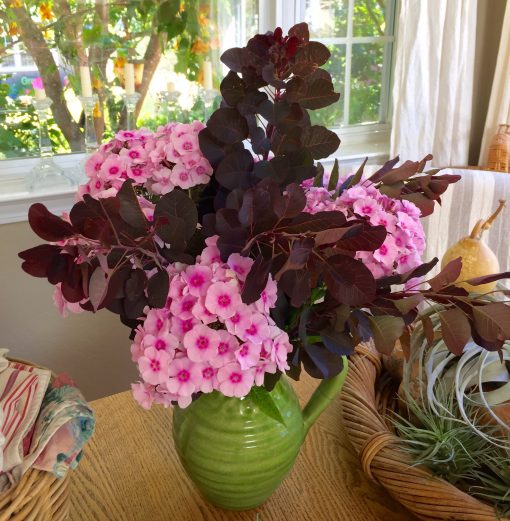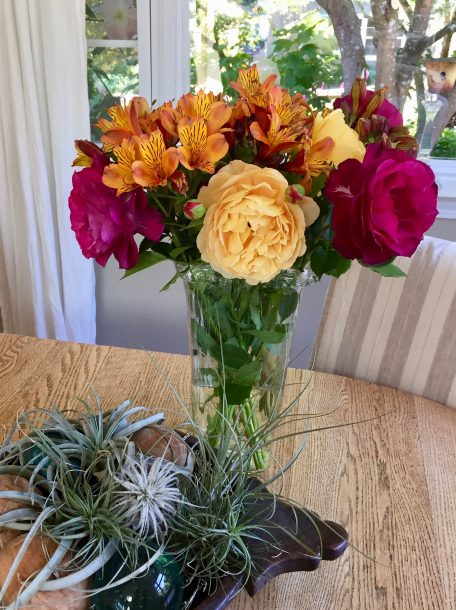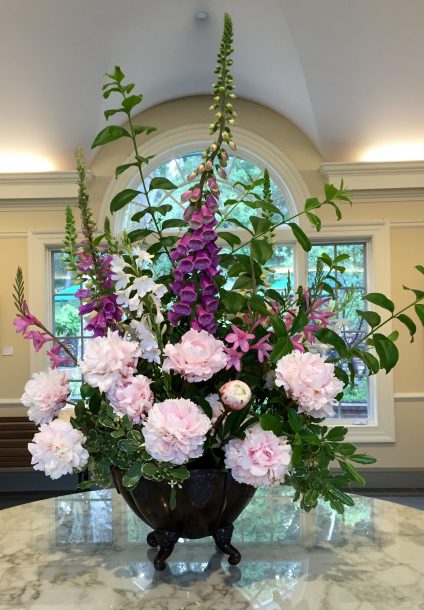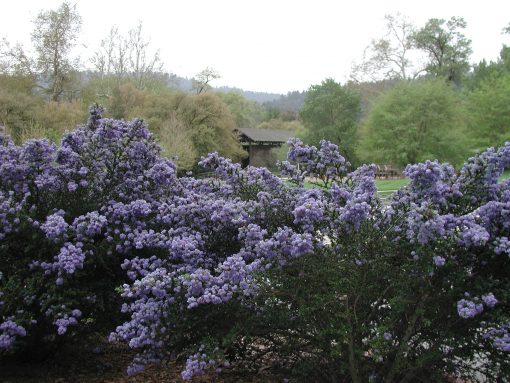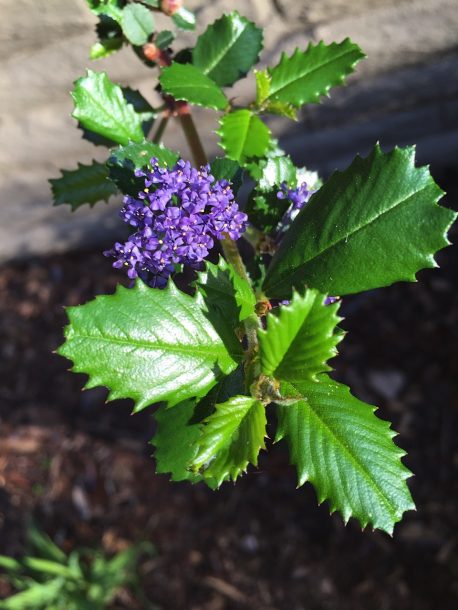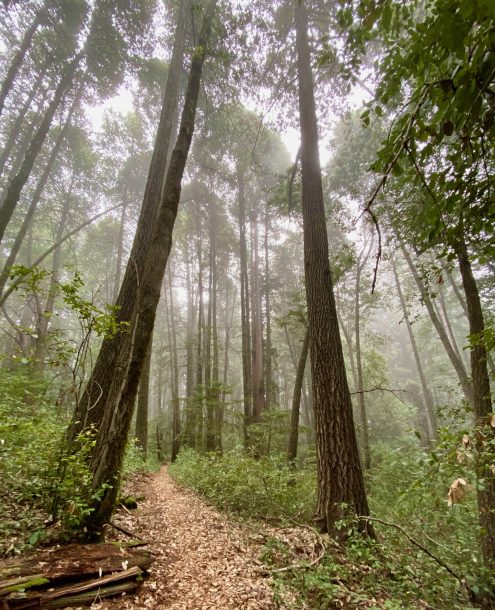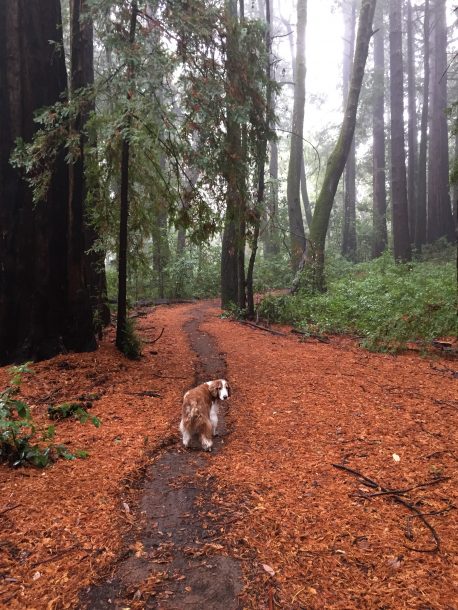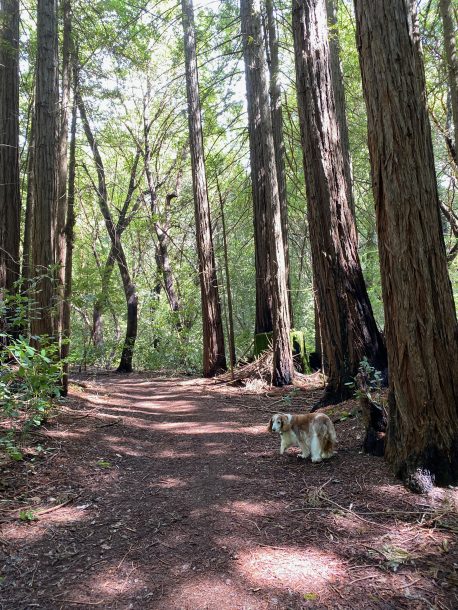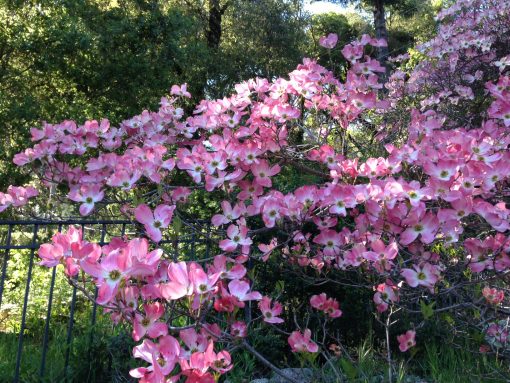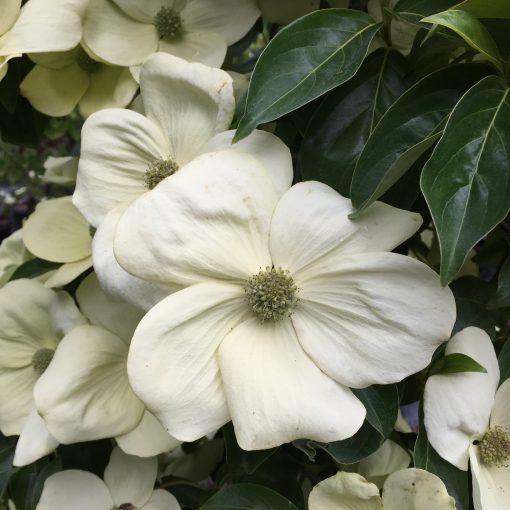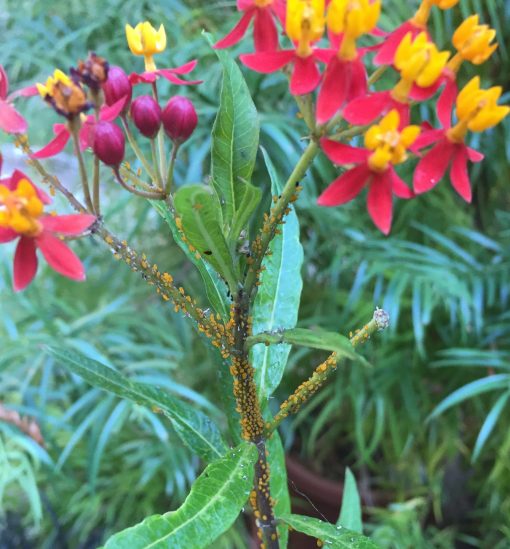
Spring around here doesn?t bring a late snow or severe tropical storm that can wreak havoc in a garden. Still we have our own problems that can dash the hopes of even the most optimistic gardener. Is your veggie garden getting attacked by every type of insect and fungal disease lately? Are your beautiful roses looking a bit bedraggle? If your piece of paradise is being devoured or disfigured by insect pests or fungal diseases here?s what can you do about it.
Insects are having a field day at this time of year, too. Put out wet rolled newspaper at night to collect earwigs in the morning. If you see notches on your rose leaves, it’s the work of leaf cutter bees. These guys are beneficial and will go away shortly.
If your rose leaves look like lace then you have the dreaded rose slug. I have a friend whose rose shrubs were really hit by these. It’s discouraging when you had visions of huge fragrant bouquets on every table. What to do?
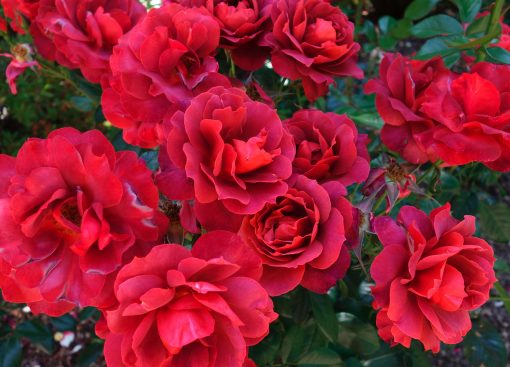
The rose slug is actually the larvae of a wasp called a sawfly. Because they may have up to 6 generations per year they can do a lot of damage to your roses. Early detection is key. Start scouting for sawfly larvae in early May when they can be hand picked or washed from the leaves with a strong spray. If needed, spray the leaves with neem oil while the larvae are still small. Conventional insecticides are toxic to bees and kill the good bugs too. During the winter rose slugs pupate in the soil and removing a couple of inches will help with controlling their numbers. Even cultivating the soil any time will break up the cocoons.
Keep checking for aphids. They can suck the plant juices from tender new leaves in a short time. They are incredibly prolific. Female aphids can produce 50 to 100 offspring. A newly born aphid becomes a producing adult without about a week and then can produce up to 5 offspring per day for up to 30 days. Yikes, that?s a lot of aphids if you don?t keep up with control. You may be able to dislodge them with a strong spray from the hose. If they persist, spray with organics like insecticidal soap, Neem or horticultural oil. As with all pesticide sprays, do this early in the morning or later then the plant is not in the sun. Be sure to test first to make sure the spray doesn?t burn new growth.
Ants can also bring aphids up into trees and shrubs such as camellias, citrus and roses. The ants feed off the honeydew secreted by aphids, scale and other plant-juice sucking insects. Ants also protect these pests from natural predators. To keep them off, wrap trunks with a 1-2 inch wide strip of masking tape and coast with a sticky barrier like Tanglefoot. Keep the barriers free of dirt and replace when necessary.
A client of mine has a photinia hedge that is not doing well. At first I suspected fireblight as this species is prone to this infections but on closer inspection I found the problem to be leaf spot. The majority of leaf spots are caused by fungi but some are caused by bacteria. Either should be treated with an organic fungicide like Serenade which is non-toxic to bees and beneficial insects, Neem oil, copper or sulfur spray to prevent and control spreading. Affected leaves should be discarded. Many plants get various leaf spots and late spring showers are perfect for them to take hold.
There are so many things that can grow wrong in the vegetable garden, too. Between fungal and bacterial problems, insects, slugs, deer, birds, rodents, rabbits- the list is endless. Keep your eyes open and don?t let a problem become a bigger one with time.

